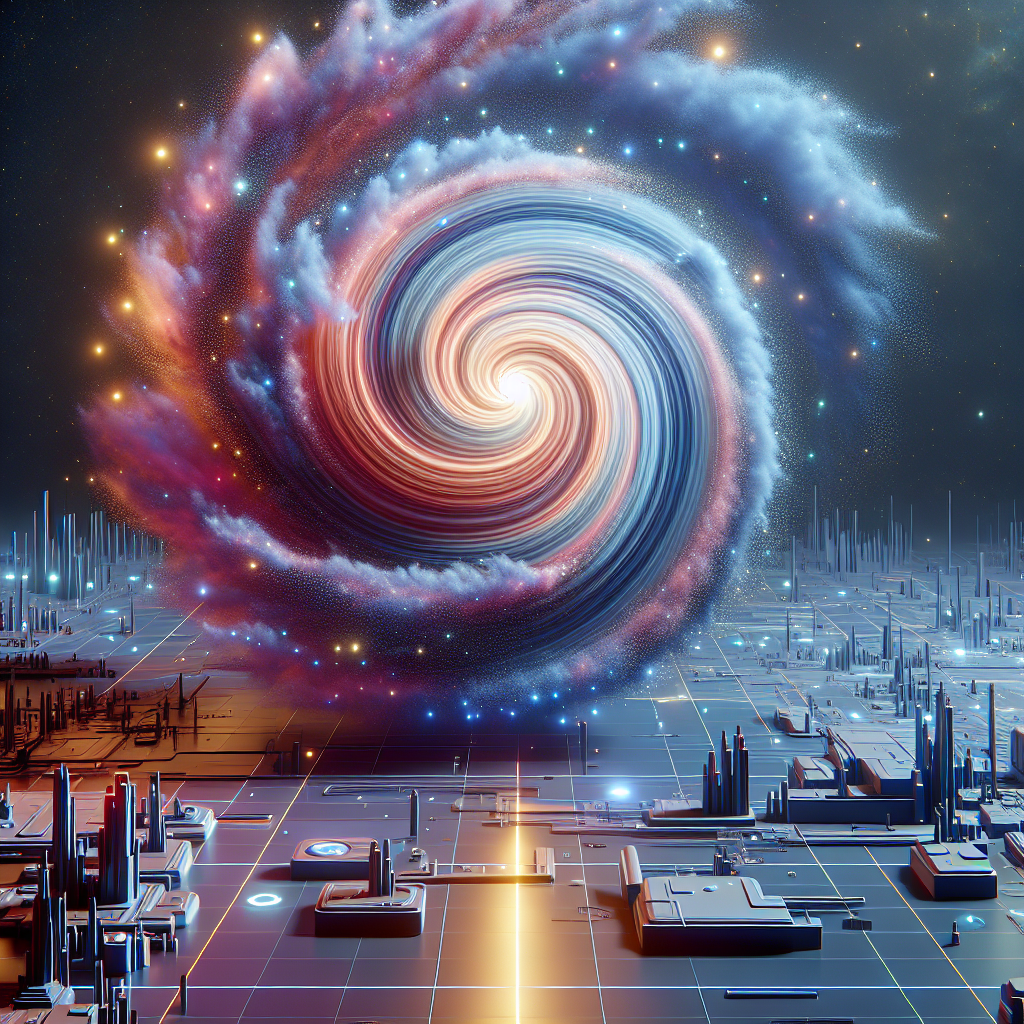Brace yourself for a cosmic adventure—NGC 5866 is more intriguing than your favorite mystery novel. Known as the Spindle Galaxy or sometimes Messier 102, this celestial wonder, located in the constellation Draco, sits around 44 million light-years from Earth. Discovered in 1788 by the brilliant astronomer William Herschel, NGC 5866 has kept scientists on their toes ever since with debates around its nature as a lenticular or spiral galaxy.
NGC 5866 has this enigmatic beauty that captures the imagination, partly because it's visible within amateur telescopic reach. Unlike many space giants, it's not blindingly bright but rather elusive, rewarding those patient enough to explore the night sky. It piques the interest of everyone from astronomers to casual space enthusiasts, as it appears like a slender, needle-like structure with a dark lane of dust cutting through—hence its spindle nickname.
Why should anyone care about a galaxy like NGC 5866? First off, unraveling its nature gives us insights into galaxy formation and evolution, key themes in understanding our universe's history. Second, galaxies like NGC 5866 challenge preconceived notions of how cosmic bodies are classified. As researchers debate whether it's a spiral or lenticular galaxy, this offers a reminder that not everything fits easily into the categories we love to build to understand the cosmos.
Talking about space isn’t just for scientists; it’s for anyone who gazes up at the stars and wonders. That's why discussing galaxies, despite how distant or abstract they may be, connects us to a larger narrative. Gen Z has grown up in an era rich with scientific achievements and challenges, with a profound understanding that the decisions we make on Earth have galactic connections. As we discuss and explore, we also reflect on our role within this vast cosmic arena. NGC 5866 might be just a galaxy among billions, but it represents a piece of the larger structure where we all belong.
Though the debate continues about its classification, the popular imagery of NGC 5866 often captures it as a lens-like structure—a faint central bulge flanked by a thin, dark dust lane. These features add to the idea that it's a lenticular galaxy, a potential evolutionary intermediary between elliptical and spiral galaxies. These galaxies aren't filled with the young, blue stars that you'd find in spirals, nor do they exude the kind of fervor seen in the wild, star-forming dens. Instead, they're like the wise old elders of the galaxy community—mostly composed of older, aging stars.
This haze of cosmic mystery and soft radiance doesn’t just illuminate space; it shines a light on our home. Space research opens paths to innovation and understanding, crucial for tackling issues at home. Whether it's understanding climate change, fostering tech innovations, or promoting international cooperation, the lessons learned from studying the universe can ripple into our daily lives. For Gen Z, the globally connected way of thinking often mirrors this grand connectedness seen in space.
Despite advances, our knowledge is but a mere sparkle against the vastness of all we have yet to comprehend. And while some might argue that resources focused on exploring distant worlds could be better spent on Earthly issues, it's a dialogue worth having. Space exploration and studies often contribute solutions we may not immediately recognize—solutions that can and do trickle down to address earthly problems. Every piece of information adds to a vast puzzle, helping us understand both where we came from and where we’re going.
Exploration of galaxies like NGC 5866 offers an opportunity for reflection and galvanizes support for scientific endeavors. It's not without irony that while seeking knowledge in the distant skies, people find clarity in their actions and responsibilities on Earth. Continuing support for this kind of research fortifies a pipeline for innovation and understanding that can adjust to shifting societal needs.
Even as we debate the necessity or possible wastage of such pursuits, it’s essential to appreciate different viewpoints. On one side, there’s urgency to focus on immediate human welfare. On the other, there's a belief that long-term space studies offer critical exits and roads to resilience. As we navigate these terrains, it’s vital for everyone, from policymakers to the public, to keep asking questions and actively engage with these mysteries.
Whether NGC 5866 is a lenticular or spiral galaxy remains a point of scientific debate. But the intrigue it generates brings a collective curiosity and reminds us of the beauty of wanting to know more. The allure of the unknown and the spectacle of the universe compels us all to look up, reminding us of the bright possibilities the future holds.

